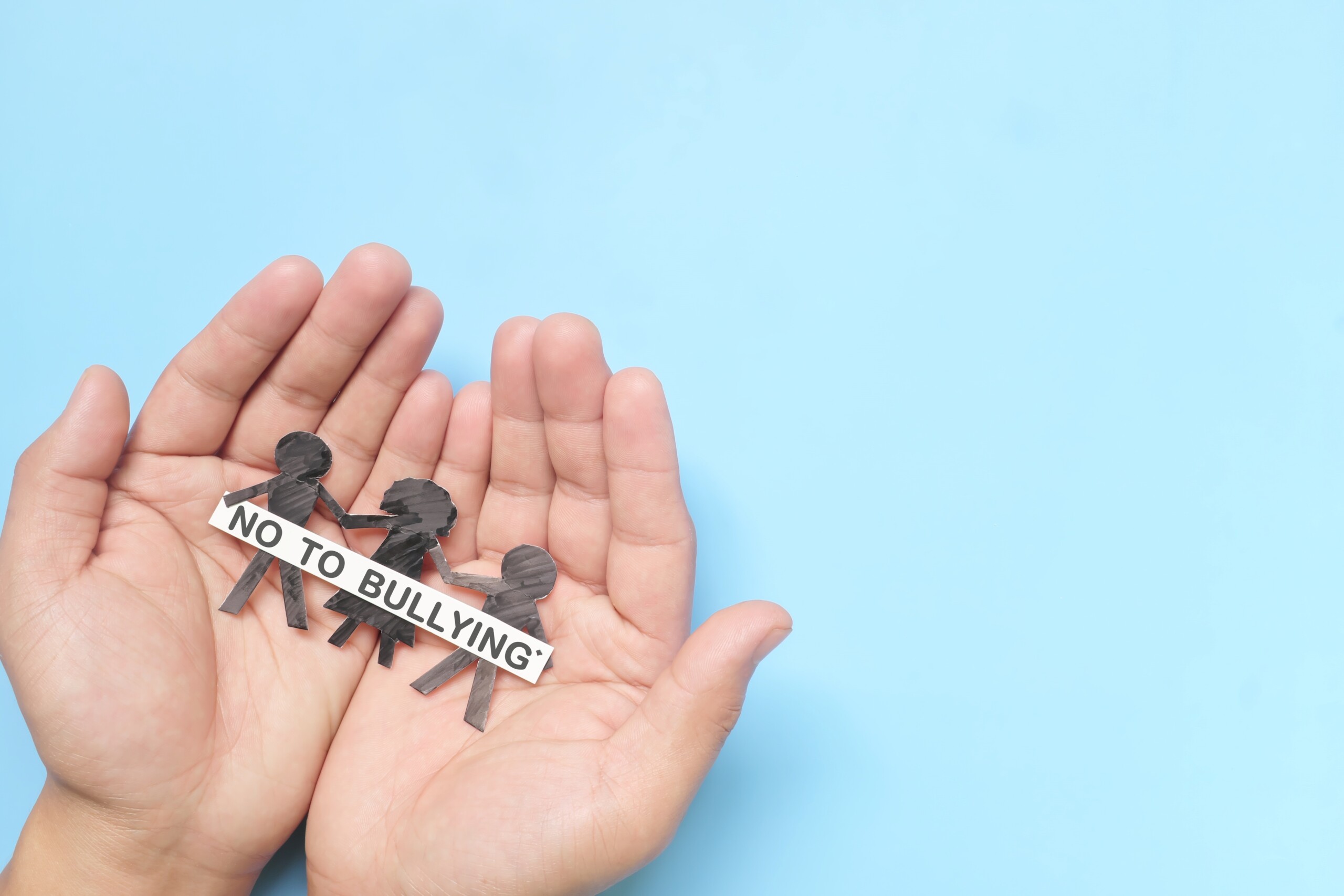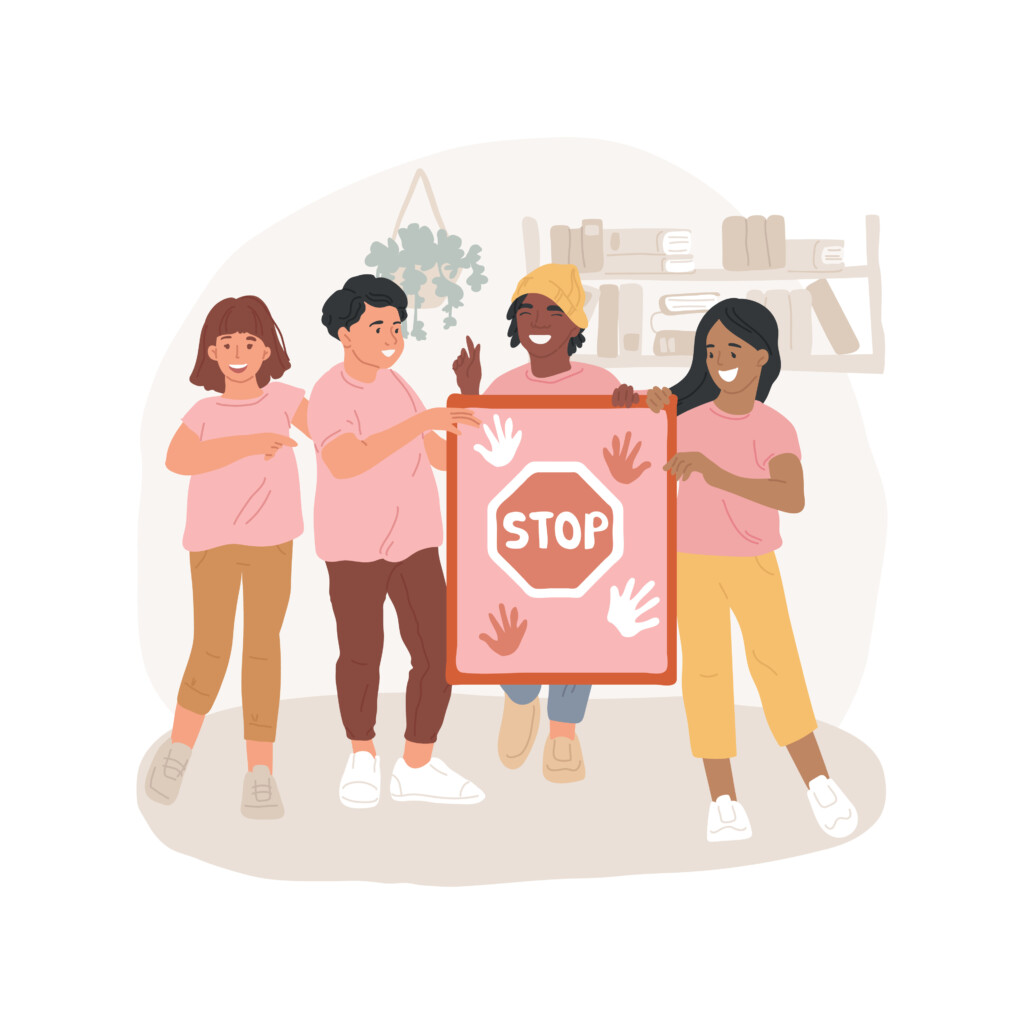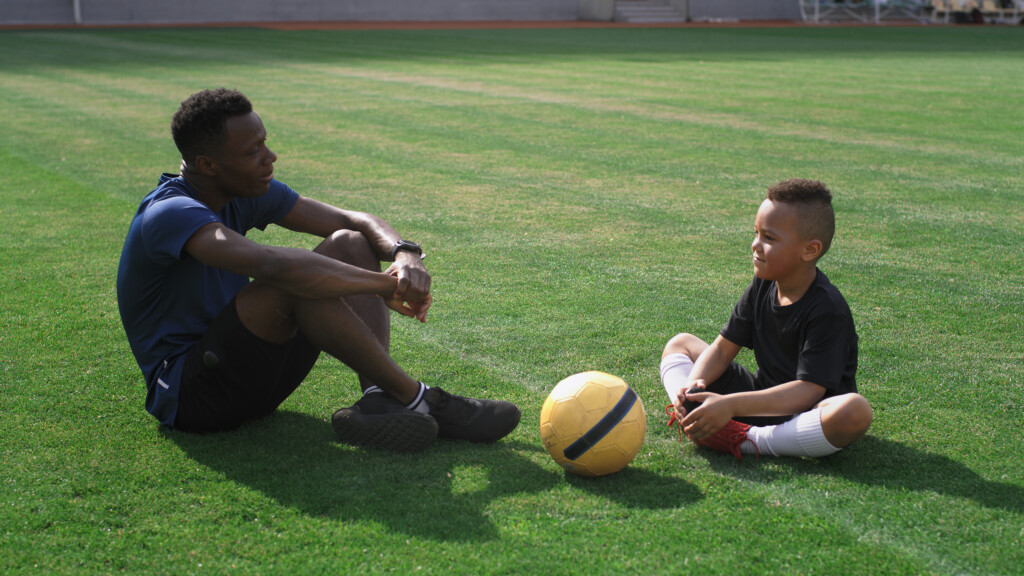Bullying does not provide a competitive advantage, it just harms brains
February 28, 2024
Too often we hear older generations, especially in sports, use put downs like “snowflake,” “entitled,” “soft,” sometimes accompanied by swear words and homophobic slurs. All forms of bullying. What many coaches and parents do not realize is that from a brain science point of view, youth are truly vulnerable. They do not choose to be sensitive, just like they don’t choose the intensive physical changes that occur with adolescent hormones. We tend to want to protect younger children, but from a brain perspective, teen and twenty-something brains are the most vulnerable. It is why we need to pay far more attention to our words.
At the same time the body starts to change, the brain spurs the teenager with curiosity and courage to leave the family home and venture forth into the world in order to find a new group (peers) and ultimately a mate. Evolution activates hormonal and brain changes to encourage teens to accomplish this demanding challenge.
Teens and twenty-somethings are programmed to be risk-takers, reward-seekers, creative, emotional, and laser focused on peers. Learning quickly is key to survival. The engagement with peers and one’s new social standing activate new experiences of intense emotion. Impulsivity contributes to the adventure. Being shamed or ostracized in front of peers can seriously harm the developing brain during this time of heightened plasticity and sensitivity.
The adult brain is different. Around the age of 24, the prefrontal cortex (PFC) is fully mature. Scientists think of the PFC as the CEO of the brain: rational, reasonable, weighs pros and cons, thinks about future consequences. Another key aspect of an adult brain is that it has been influenced for much longer by its society.

If adults live in a culture of normalized bullying, and perhaps even an unspoken belief that bullying is a necessary evil for greatness, then they may normalize bullying incidents. Beliefs get wired into our brains during our formative years and we tend to interpret this wiring as “reality” or a preferred way of thinking and acting. Adults have well-established neural networks that are wired over time by their environment and by what they practice. They believe the “reality” of their beliefs and experiences.
We tend to treat bullying as a childhood or school issue, but the difficult truth is adults enable and role-model bullying. It is well-documented to be learned behaviour. Bullying manifests in politics, the workplace, domestic spaces, and seeps into childhood infecting sports, schools, arts, and even places of worship. That’s the bad news.
The good news is: our brains, even adult brains, are innately wired to repair and recover. We all have neuroplasticity until our final day on the planet. That means we can change our brains based on what we practice. If we are part of the intergenerational bullying cycle, we can step off that treadmill, and pursue a healthier path.
Is it tough? Yes. Does it take hard work, commitment, and a great deal of practice. Yes. But this is why sports leaders and coaches could lead the way. They live and breathe the world of practice, training, refining, and striving relentlessly for excellence.
Some coaches, sports leaders, and parents may panic. They’ve been told and trained to believe that focusing on holistic athlete health and wellbeing leads to mediocre results. They believe that motivation and discipline through humiliation, pushing athletes beyond their physical capacity, depriving them of water and food, measuring their bodies, behaviours, and interactions, is the path to greatness. It’s a myth.
Truth is regardless of what you call it, all forms of bullying and abuse can do physical damage to brain architecture. The neurological scars are visible on brain scans. We used to think returning to play right after a concussion was a badge of honour and toughness, when in fact it’s a traumatic brain injury. Scientists now have enough peer-reviewed, replicated research via brain images to know that bullying and abuse harm the brain. They do not enhance performance.
The damage done to brains by the stress of normalized bullying impacts learning, skill development, problem-solving, and memory. It can cause inflammation in the brain and body leading to potentially serious health impacts. The brain channels resources into threat assessment, protection, and survival, not on all the demands of being a competitive athlete.

Our laws encourage us to believe that physical blows to the body are far more serious than blows to the brain through our use of words. Our laws are not up to date with science. Verbal abuse can damage brains. Teen and twenty-something brains are especially sensitive and vulnerable to all forms of bullying, including the kind conveyed by put-downs.
We have the capacity to oust abuse in sport. Hurt brains hurt, but neuroscientists document and outline evidence-based practices to repair, rehabilitate, and recover hurt brains. Sport leaders and coaches are well-versed in physical rehabilitation, but many have yet to discover the realm of brain-rehab post-bullying and abuse. While toxic environments and practices cause the brain physical trauma, visible on brain scans, scientists have extensive research on practice strategies to repair the harm done.
Likewise, sport leaders and coaches are well-versed in physical fitness, but many have not yet discovered the world of “brain fitness.” Dr. Michael Merzenich is a leader in the world of brain-rehab and brain-fitness. While he and a team of neuroscientists were in the lab developing an online gamified program to rehab brain traumas and prevent dementia in ageing populations, they received a call from Tom Brady’s trainer, Alex Guerrero. He asked the scientists if they knew the famous quarterback was using their brain-fitness program.
Bullying causes brains to feel under threat. It interferes with focus, team connection, and produces performance blocks. In contrast, mindfulness practice, aerobic fitness, a sense of security, and trust provide the space for brains to excel. Like Tom Brady, who included Merzenich’s brain-training in his TB12 method, all athletes and teams can benefit from knowing what makes their brain safe, healthy, strong, flexible, and competitive. Repairing and strengthening brains build better performance and provide a competitive advantage. Sport isn’t just a mental game, it’s a brain game.
About the Author(s)
Jennifer Fraser is founder of the Bullied Brain (www.bulliedbrain.com) and writes the “Bullied Brain” series for Psychology Today. Her 2015 book Teaching Bullies went to number one on Amazon in the Sport Psychology category. Her advocacy for a brain-based way of addressing abuse fueled her 2019 TEDx Talk. She has provided interviews and a keynote presentation to NAYS, presented at multiple NASSS conferences, as well as presented at the Coaching Alliance of Ontario and most recently at the Sport for Life conference. Asked to present to both standing committees of parliamentarians on abuse in sport, she was then brought in to act as expert advisor to the Office of Sport Integrity Commissioner on environmental scoping. With a PhD in Comparative Literature from University of Toronto, as an author, award-winning educator, and consultant, she strives to transform unhealthy cultures into healthy, safe, high-performing ones as documented by her most recent book The Bullied Brain: Heal Your Scars and Restore Your Health. The “Father of Neuroplasticity” Dr. Michael Merzenich says Fraser’s Bullied Brain is “THE most completely scientifically thorough treatment of the subject on planet earth.”
The information presented in SIRC blogs and SIRCuit articles is accurate and reliable as of the date of publication. Developments that occur after the date of publication may impact the current accuracy of the information presented in a previously published blog or article.
